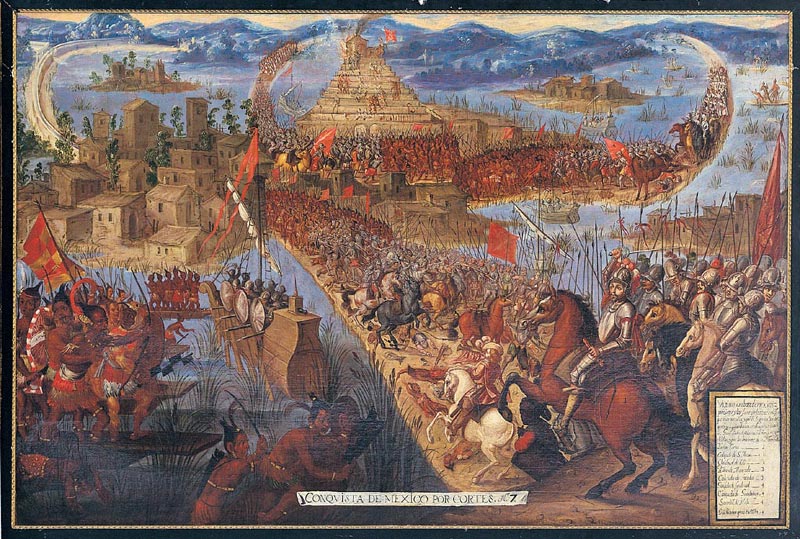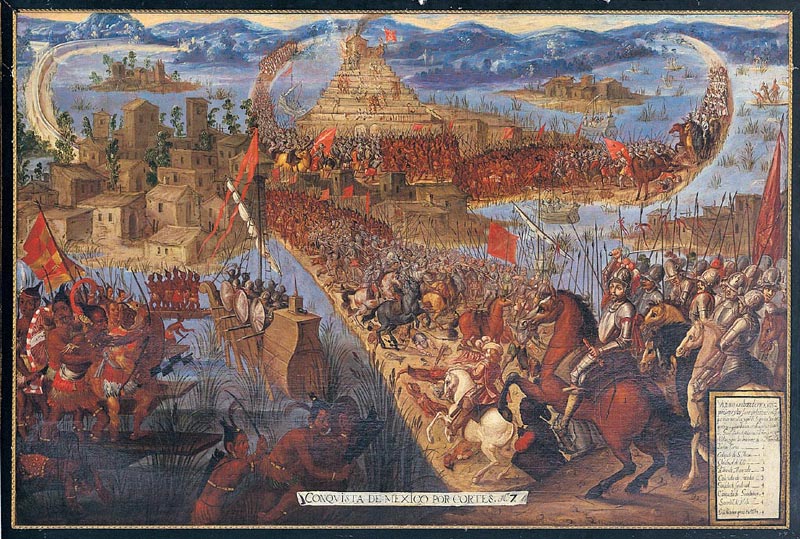Archaeology is a field of study where patience is a virtue. Having a bit of luck doesn’t hurt either. In popular culture, archaeologists are seen as people who discover “lost cities,” “mysterious pyramids” and “precious treasures.” In real life, things are much more exciting.
Consider a recent development in archaeological investigations in one of Mexico’s largest pre-hispanic cities, sporting some the largest pyramids in the Americas. Never lost to the sands of time, this Mexican metropolis had a street plan laid out in a grid, very much like modern U.S. cities, and it had ethnic neighborhoods, where people were buried in the traditional ways of their homeland. Some people in this city knew how to read and write, yet we don’t know what they said. Meet Teotihuacan, where it is said the “gods were born.” This is also the story of Sergio Gomez, a Mexican archaeologist who experienced luck, when he found the entrance to a tunnel in 2009, and then displayed extreme patience excavating it.
With a history going back to 100 B.C., Teotihuacan was one of two major civilizations that arose in the Basin of Mexico, home to modern-day Mexico City. The other civilization we know as the Aztec. Separated by more than 1,000 years, both civilizations stand out for their monumental architecture, especially their massive pyramids.
The Aztec were fully aware of the existence of the ancient city of Teotihuacan. They even incorporated Teotihuacan ceramics as offerings in the Aztec Templo Mayor, a transfer of magic powers from an ancient power center to a new, nascent one. By 700 A.D. the city came to a violent end, but was never completely abandoned. In the centuries following the decline, migrants came and went as Teotihuacan’s pyramids continued to tower over small communities of newcomers. At present, Mexico’s capital is inching closer and closer. A modern Mexican community, San Juan Teotihuacan, now sits on top of what were once Teotihuacan’s neighborhoods.

Map showing the location of Teotihuacan in central Mexico in relation to the Aztec capital, Tenochtitlan.
Teotihuacan deserves the label metropolis. It was laid out along a north – south axis, most famously known as the “Avenue of the Dead.” At the northern end of this Avenue, we find the famous Pyramids of the Sun and the Moon.
Closer to the intersection of the Avenue with a second, East – West axis, there are the remnants of the city’s market, as well as a compound dubbed the “Ciudadela” by the Spanish. It was centered on the Temple of the Plumed Serpent, a sunken plaza large enough to hold most of the city’s inhabitants.
It was here, in front of the Temple of the Plumed Serpent, that a three-foot wide sinkhole appeared in the fall of 2003, the result of a torrential downpour. Sergio Gómez was the first person to enter this sinkhole, and found himself standing in a tunnel the extended underneath the Temple – the first person in centuries to have done so.
Early in 2004, a team of 20 archaeologists started scanning the tunnel from the surface, using ground penetrating radar. This radar map was finished in 2005 and showed that the tunnel extended for about 330 feet (100 meters); it reached the center of the Temple of the Plumed Serpent. It took until 2009 to receive government permission and funding to start working below the surface in the actual tunnel. Work was slow and progress was measured in feet per month. Shortly before writing this, the team got to the end of the tunnel. They had removed more than 1,000 tons of earth. Mixed in this dirt were approximately 75,000 artifacts. Among these discoveries were a statue of a jaguar, jaguar bones, pottery, obsidian knives, solid rubber balls, and Pacific Ocean conch shells.
The 75,000 artifacts will keep archaeologists busy for years to come. The tunnel itself requires more exploration as well. Two small remote controlled robots, named Tlaloque and Tlaloc II helped identify the presence of three buried chambers at the end of the tunnel, which still need to be investigated. Some archaeologists wonder if these chambers might contain the burial of one of the elusive Teotihuacan rulers.
Teotihuacan is slow to reveal its secrets. Archaeologists are still trying to come to grips with the ways in which it governed itself. Maya archaeologists are fascinated by the so-called Teotihuacan entrada, an intriguing episode in the history of Maya cities where there is clear evidence of Teotihuacan influence. To a large extent, the city and its namesake civilization remain a mystery. I wonder if future archaeologists will ever say similar things about our own cities…
Further reading
Berrin, Kathleen, and Esther Pasztory, 1993. Teotihuacan: Art from the City of the Gods. New York: Thames & Hudson.
Cowgill, George, 2015. Ancient Teotihuacan. Early Urbanism in Central Mexico. (Case Studies in Early Societies). New York: Cambridge University Press.












